Why Does My Dog Stare At Me and Growl?
Dogs are considered man’s best friend for a reason. They provide us with companionship, protection, and unconditional love. But sometimes, our furry friends can exhibit behavior that leaves us scratching our heads, wondering what they’re thinking.
One such behavior is when your dog stares at you intently and growls. While it might seem scary, there’s actually no need to worry. In most cases, this behavior is harmless and simply means your dog is trying to communicate with you.
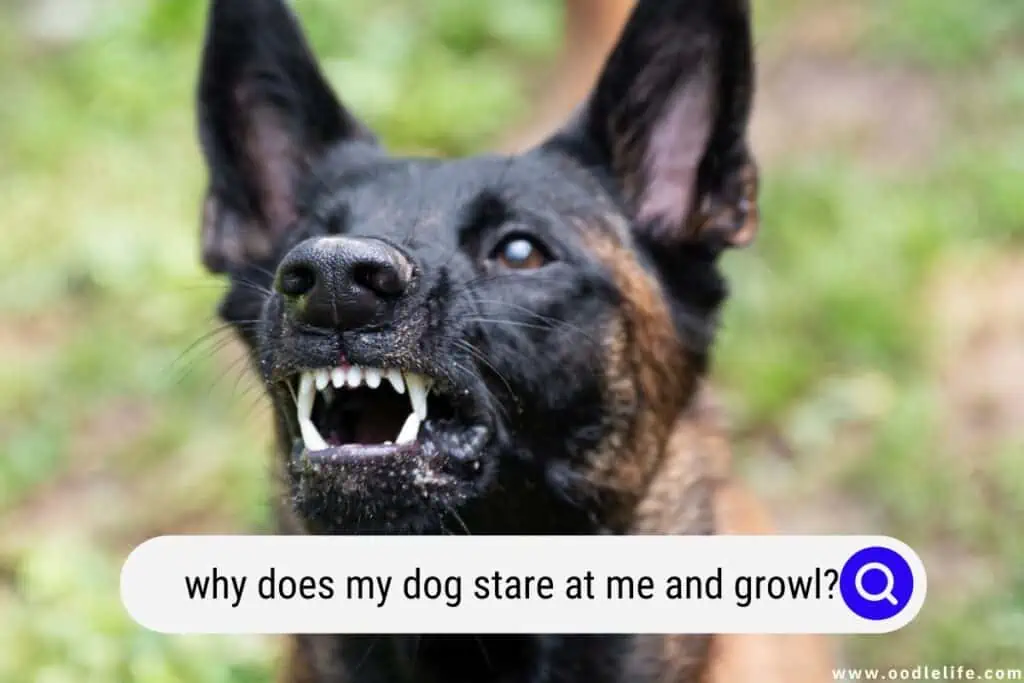
Let’s take a closer look at why your dog might be staring and growling and how you can better understand their actions.
Dogs May Stare and Growl for Several Reasons, Including Hunger, Fear, or Aggression
Have you ever noticed that sometimes when you look away from your dog, they give you a long, intense stare? You might be tempted to think they’re just being friendly or are trying to tell you something important.
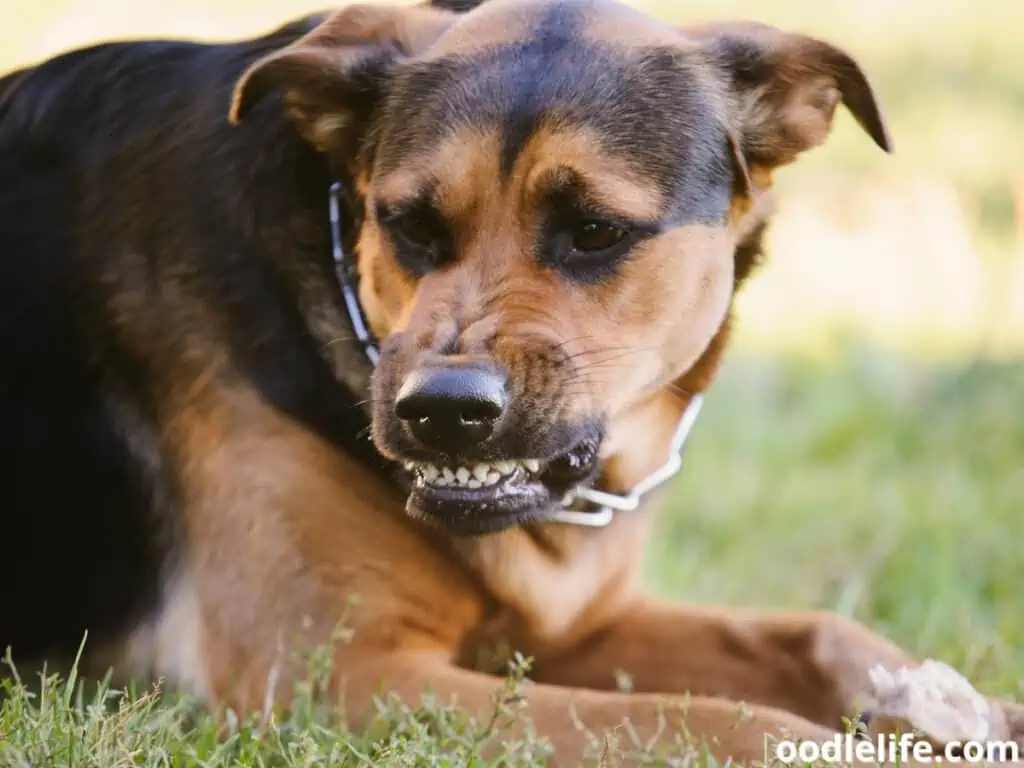
However, dogs may be staring and growling for various reasons. It could be because they are hungry and want food. Another possibility is they could feel scared or threatened as a result of exposure to unfamiliar people or animals.
Finally, the most concerning reason, and one that should not be taken lightly, is if the dog is communicating with you in an aggressive way. These signs indicate the animal could become dangerous, so it’s essential to seek professional guidance whenever possible.
Dogs usually communicate through body language and sounds like growls and barks, so being able to understand and interpret these signals correctly can go a long way toward keeping both canine and human family members safe.
Note: When we talk about dogs’ communication, there’re many levels, so it’s necessary to have a professional opinion on every issue. That doesn’t mean our relationship with them won’t deepen, but it should always happen in a safe & healthy environment for everyone involved.
So if your pet seems weird, trust your guts & take precautionary measures. Keep in mind that their behavior is their own way of speaking out. Therefore, make sure you point out any change in gaze, posture, or growl as soon as possible!
Being mindful will help us build trustful canine-human relationships! Enjoy it! Have fun bonding with your pup!
If Your Dog Is Staring and Growling at You Specifically, It Could Be a Sign of Dominance
Understanding your pet’s behavior is one of the most important parts of being a responsible pet owner. For example, if your pup is growling or staring at you in a threatening manner, it could be a sign that they are trying to dominate you.
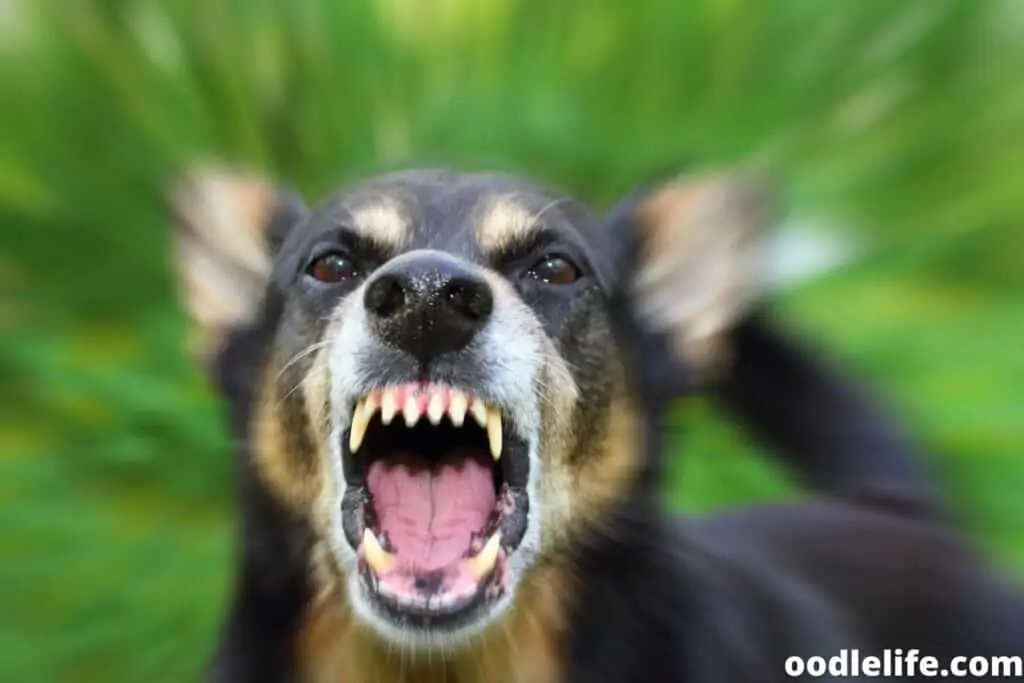
Dominance-seeking behaviors might present as posturing and exaggerated body language, like high-tailing their tail or baring their teeth, which can be concerning for pet owners who are observing these signals for the first time. Pet owners might also notice signs such as an increase in growling or barking when told “no,” fixation on certain items such as food bowls or toys, and aggression towards other members of the pack.
Although it can seem daunting to deal with dominance issues in canine behavior, understanding why certain behavior occurs can help pet owners find ways to resolve them. Common methods like establishing rules, providing structure and consistency, and giving treats for good behavior can all be helpful when training your pup to recognize appropriate boundaries.
Ultimately, communication is key in assertive but humane dog handling – talk calmly but firmly to your pup and reward calm behavior with treats and praises so they understand what kind of behavior they should exhibit when interacting with their human friends.
With patience and consistency, you’ll soon have a happy pup that respects your authority!
Dogs May Also Stare and Growl When They’re in Pain or Uncomfortable
Most dog owners are familiar with the staring, growling, and other vocalizations that their pets give off when they’re feeling particularly assertive or playful. But it can come as a surprise to some owners to know that these actions may also be indicators of discomfort or pain in their pup.

Dogs may stare or growl when they experience an unfamiliar sensation, such as a foreign object in their paw, a sharp noise that startles them, or discomfort associated with stroking in certain areas. They may be trying to express the fact that something is wrong rather than attempting to bring out their dominant side.
It’s important for owners to look out for signs of distress in their dogs so that they can provide comfort and support. If your canine companion displays abnormal behavior, such as continuous gazing and low-pitched growls, it might be time to pay closer attention and consult with your vet on any physical issues at hand.
Taking notice of unexpected behaviors can help you ensure your pet’s overall well-being and safety.
If Your Dog Is Displaying Other Aggressive Behaviors, Such As Biting or Lunging, Seek Professional Help
Dogs are incredibly loyal and loving pets, but that doesn’t mean they don’t have the potential to pick up some bad behaviors. If you notice your pup exhibiting aggressive behavior, such as growling or baring teeth, it could be a symptom of bigger issues like territoriality or dominance.
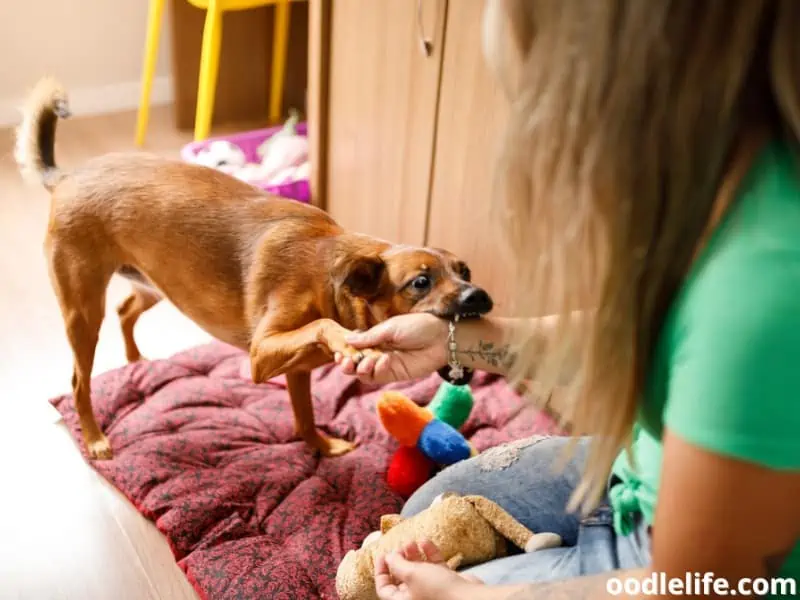
In serious cases, your dog may also start biting or lunging. This is absolutely not acceptable behavior and could lead to physical harm for both humans and other animals. In these situations, the best solution is to seek out professional help from an animal behavioral specialist.
Training alone won’t do the trick in these more extreme cases – if you’re in over your head, it’s important to get all the guidance and advice you can from an experienced expert. They will be able to properly assess the issue and advise you on how to correct any negative behaviors and return your pet to their usual loving self!
Try To Identify What Might Be Causing Your Dog’s Behavior and Address the Issue Accordingly
If your canine companion’s behavior is becoming problematic, you may be wondering what you can do to nip it in the bud. Start by understanding the potential causes of your pup’s unruly actions. For example, is there a particular trigger that sets them off, such as the presence of another pet?
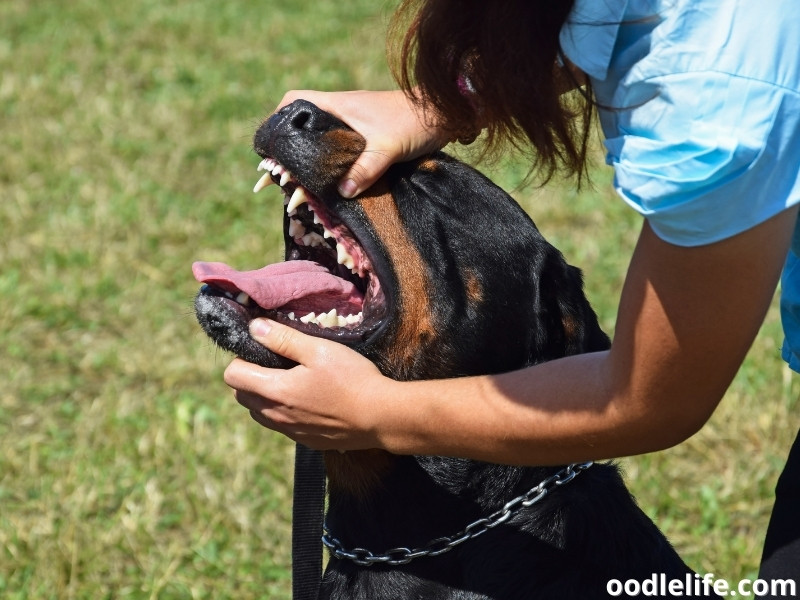
Are they struggling with separation anxiety, or an area of their home environment feels too restricting? Or are they acting out because of boredom? Whatever the cause, take time to identify it so that you can make sure their needs are being met as best as possible.
If it’s behavioral problems stemming from a lack of mental stimulation, add in some extra training or playtime into your daily routine. If they appear to be reacting to a certain element of their environment, look for small changes that can help reduce any stress or anxiety they are feeling.
By taking the time to assess where your dog might be coming from – literally and figuratively – you can ensure that the solutions you come up with address the issue at its core and set both you and your four-legged friend up for success going forward.
Remember That Staring and Growling Are Normal Canine Behaviors – Don’t Punish Your Dog for Doing Something Natural!
Many people who have encountered a growling or staring dog assume that these behaviors indicate aggression and are, therefore, punishable by punishment. However, this isn’t always the case!
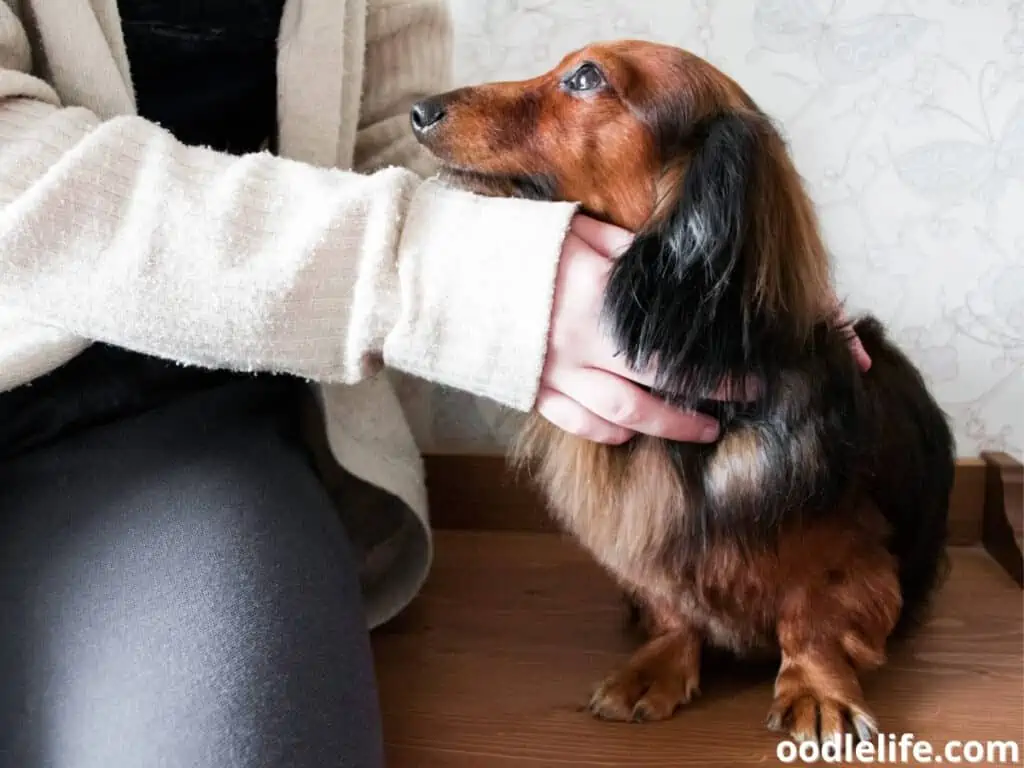
Growling and staring are both forms of canine communication and can be completely natural, especially when used in moderation. Your dog may simply be trying to get your attention or alert you to something in the environment. It’s also important to remember that even if there is underlying aggression for certain behaviors, punishment won’t do anything to fix the issue.
In fact, it might actually make things worse – teaching your pup that expressing itself will result in negative consequences instead of working together consciously toward a solution. The key to training any kind of behavior is sustainability; start by observing and understanding why your pup may be exhibiting such behaviors, and approach any corrections with patience, love, and guidance!
With these foundations in place, you can start building a healthier relationship with your pup based on open communication and respect. Remember: don’t punish something that is simply part of your pup’s nature!
With patience and understanding, you can find better ways to work together to rein in troublesome behavior. Embrace the unique quirks of your canine companion – after all, sometimes those quirks are what make them so special! So go ahead – keep an open mind and show some extra love whenever possible – you’ll be glad you did!
Conclusion
So, what do you do if your dog is staring and growling at you? Well, first of all, don’t panic! It’s important to remember that this behavior is natural for dogs and doesn’t always mean they’re trying to attack. However, if your dog is displaying other aggressive behaviors, such as biting or lunging, it’s best to seek professional help.
Try to identify the root cause of your dog’s problem and address it accordingly. Then, with a little patience and understanding, you can hopefully get your pup back to his old (non-aggressive) self in no time.